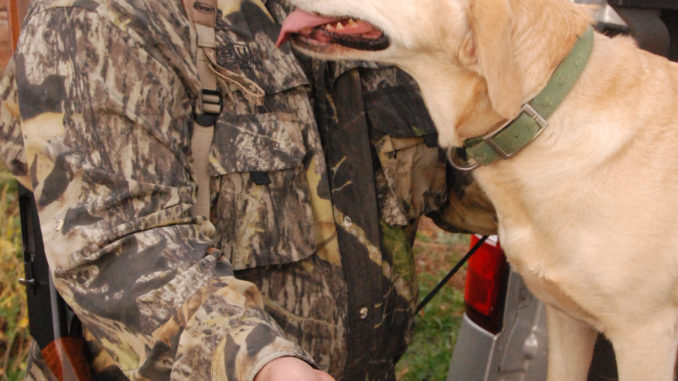
For some reason, many hunters always shoot the cheapest loads available for dove. Most feel a heavier load or higher- quality shell will not help in a situation where numbers of shots count more than quality shots.
Compare the same scenario to waterfowl hunters, who tend to be major snobs for duck loads, killing more birds with high-dollar, exotic metals than cheap, discount-store steel. However, most wingshooters simply don’t see the need for it to shoot doves.
Conventional wisdom says that better dove loads have harder shot, resulting in less blown patterns and longer killing ranges. Dove hunters don’t bat an eye over spending a few hundred dollars to hunt doves — fuel costs, lease prices and time off work — yet still buy the cheapest shells they can find. Ammunition is the least-expensive part of the whole deal.
However, does high brass always equate to a “better shell?” Perhaps it’s better to look at the recipe on the outside of the box than the height of the metal on the end of the shell.
The dram equivalent describes the power of a shotgun shell by equating its load to the same velocity produced by an equivalent load in black powder (in drams). The higher the dram equivalent, the more powder the shell holds. You may also want to look at how much shot is in the shell, shown in ounces on the box. Tables can be found online that equate the size shot and the weight to approximate the number of pellets in a load.
Only a pattern board can tell you which specific shell is going to be optimal for your gun. The pattern difference from gun to gun and load to load can vary greatly.
Unfortunately, there is no magic round.




Be the first to comment